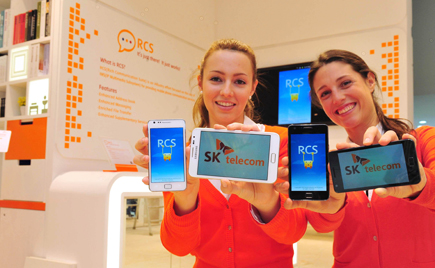Cat6 chips — – LTE 4G basebands that will enable up to 300 Mbps speeds — are expected to be deployed in just 3.6 million mobile devices by the end of 2014.
However, shipments of this category of chips will grow steadily within the next 5 years to exceed 347 million by 2019, which represents 24 percent from the total LTE market.
The report forecast that chips enabling downlink speeds higher than 300Mbps will not appear in commercial devices until 2017 and their volume share will remain small in the foreseeable future.
Cumulative shipments of Cat6 chips are expected to exceed 700 million by 2019.
Shipments of Cat4, enabling mobile users to enjoy up to 150 Mbps bandwidth, exceeded just 42 million in 2013, said ABI Research.
ABI Research said shipments of LTE Cat4 chips will be the most used category after 2016, with a market share of 55 percent that year. Though the use of Cat3 is decreasing, these chips will remain used in cost-sensitive LTE smartphones over the next few years but their market share is expected to be below 15 percent by 2019.
“Though a number of chipset suppliers have announced their Cat6 basebands, mobile operators are not yet launching commercial networks that will allow users to enjoy mobile broadband speeds exceeding 150Mbps. An exception to this is SK Telecom which recently launched an LTE-Advanced service, offering speeds up to 225 Mbps,” said Malik Saadi, practice director at ABI Research.
Qualcomm faces challenges in cat6 space
Qualcomm, a supplier of LTE chips for mobile devices, could face challenges in the Cat6 space. Chipset suppliers such as Spreadtrum and MediaTek might enter the race for LTE speed quite late as these vendors will focus more on entry level LTE devices rather than competing in the very high-end segment of LTE market, where Cat6 chips will be deployed.
In January, Ericsson and Qualcomm completed the world’s first inter-vendor interoperability testing of LTE Category 6, based on LTE chipsets and infrastructure supporting Telstra’s carrier aggregation bands in Australia.
Final stages of testing were completed in collaboration with Telstra, whose LTE Advanced network in Australia is being readied for Category 6 commercial launch. LTE Category 6 offers much higher potential data speeds than Category 4, which peaks at 150Mbps.






